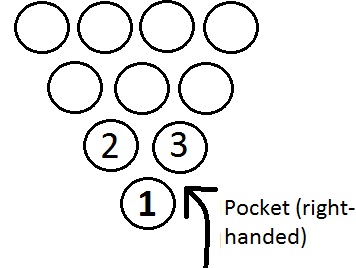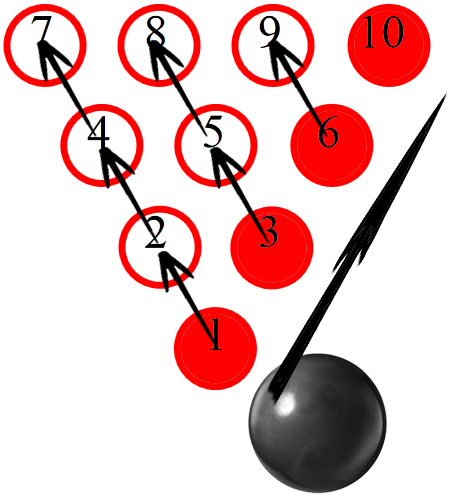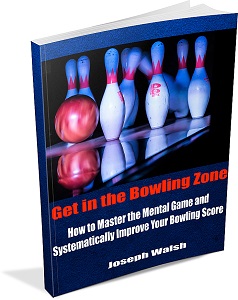In bowling, you always want to see your first ball shot settle directly in the pocket, which gives you the greatest chance for a strike.
The pocket, which is the space between the 1 and 3 pins for right handed bowers and the 1 and 2 pins for lefties, is as close to a “sweet spot” as exists in the game.
But as much as you may wish for it, a pocket hit does not always result in a strike.
Even a great looking shot can end up leaving one or more pins.
So why does this happen?
Here’s the dirty secret: it’s not so simple as “hitting the pocket,” and in the real world, every pocket shot is not equal. Let’s take a closer look at what this means.
High vs. Light vs. Solid Pocket Hits

First of all, we can break down the concept of the pocket hit into more detailed categories. Namely, your shot can be either high or light, and this affects the pin carry of your shot which ultimately determines how many of them fall down. So what do these terms mean?
A BowlingBall.com article nicely defines these two types of sub-optimal pocket hits and what they’ll often do: “On a light pocket hit, the 3 pin carries the ten pin (right handed bowlers) and the ball exits the Pin Deck right of the 9 pin. On a high pocket hit, the head pin hits the 5 pin and the bowling ball exits the Pin Deck hitting the 8 pin.”
How to Fix Hitting the Pocket and Leaving Pins
Instead of coming in light or heavy, you want to strive for what’s called a solid pocket hit. This means that your bowling ball takes down the 1, 3, 5 and 9 pins (if you’re right handed) or the 1, 2, 5 and 8 for (left handed bowlers). Those are all the pins that the ball touches directly while the rest fall down due to the impact of the other pins.
There are a few key adjustments you can make to help make this happen. The first benefit is bowling with a hook, which increases your angle of entry into the pocket and decreases pin deflection.
Some simple tweaks to your starting position can also help you avoid a light or heavy pocket hit. If you’re a right hander and coming in light, try moving a board or two left. Alternatively, you can move your starting position a few inches back. With either tweak, keep aiming at the same target. The result of this will be getting your ball out of the oil sooner which should help it enter the pocket at a better angle.
If your ball is coming in heavy, you make the opposite tweaks: a board or two right and moving forward. If you’re a left-handed bowler, you switch the direction you move laterally (right if you’re coming in light, and left if you’re coming in heavy), but you keep the same forward and back adjustments that righties use. Overall you want to make sure that you’re only making a small adjustment: since your pocket hit is only slightly off you don’t want to overcorrect and run into a new problem on the other end.
Other things to investigate include your ball speed, as speeding it up slightly can help overcome a ball that is hooking too early. A slow ball also may experience more deflection upon impact which can result in leaving pins standing.
If you’re leaving the 10 pin specifically as right hander (or the 7 as a left hander), take a look at our article on how to fix that.
All in all, there are several specific adjustments you can make to fix a pocket hit that is leaving one or more pins. Now that you understand light and heavy pocket shots and what to do about them, we hope it leads to more strikes for you on the lanes.
When a round ball hits a rack of 10 pins, however, strange things can and will happen. Even with these adjustments and considerations it’s inevitable that you’ll see a solid pocket hit leave a pin standing from time to time. (Some people refer to this phenomenon as a “tap.”) With keeping that in mind, you should also make sure to practice your spares so that you can pick them up with ease on those occasions when you do not get a strike.




Leave a Reply